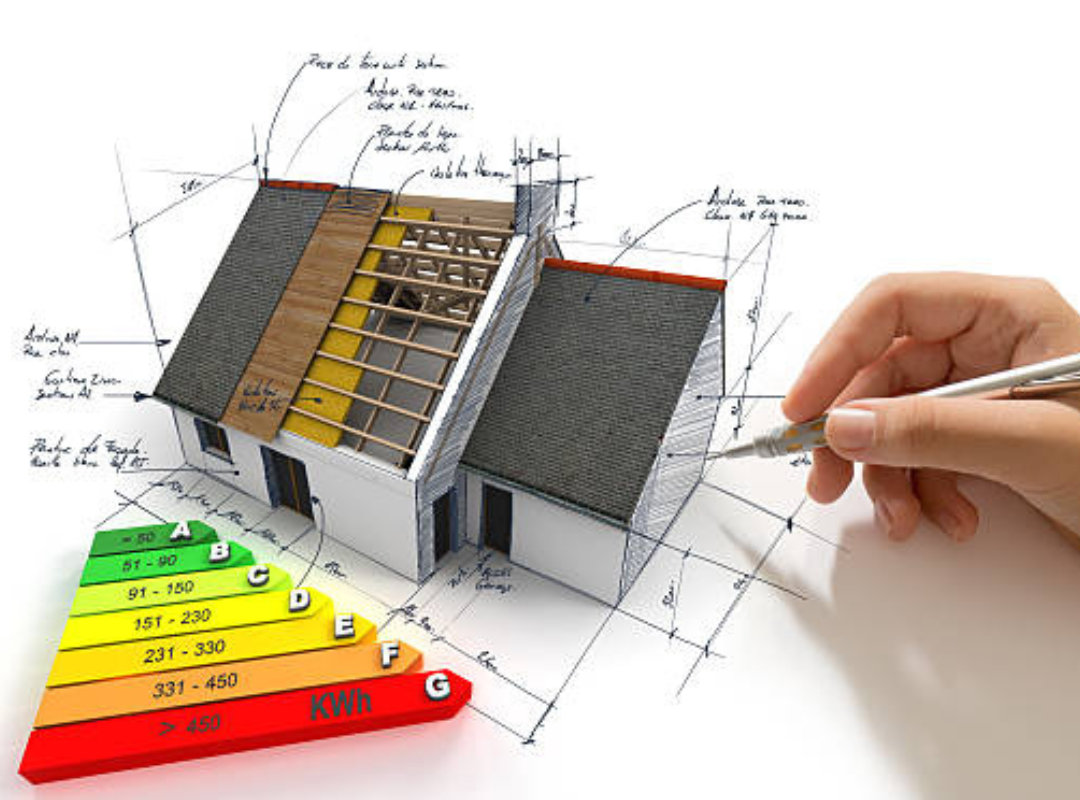Energy efficiency is shaping the future of home design, introducing new possibilities for sustainable living. As the demand for environmentally friendly housing increases, Home Trends 2025 focuses on innovative solutions that reduce energy consumption while enhancing comfort and functionality. From smart technologies to eco-conscious materials, homeowners embrace advancements that minimize environmental impact without sacrificing modern conveniences. Builders and designers are adopting strategies that optimize energy use, support renewable energy integration, and improve home performance. These trends reflect a growing commitment to sustainable living, ensuring a greener, more efficient future for all.
Rise of Smart Homes
Smart homes have evolved beyond luxury to become a cornerstone of energy-efficient living. These systems use automation and real-time data to help homeowners manage their energy consumption effectively. Smart thermostats, for instance, adjust heating and cooling based on your daily routines, while advanced lighting systems use motion sensors to minimize waste.
Devices such as smart plugs and energy monitors allow you to track energy usage at the appliance level, making it easier to identify inefficiencies. As smart home technology continues to advance, it is playing a vital role in reducing overall energy consumption and utility costs.
Sustainable Building Materials
The use of sustainable building materials is one of the most impactful home trends of 2025. These materials are not only environmentally friendly but also durable and stylish. Bamboo, reclaimed wood, and recycled steel are some of the most popular choices, offering strength and aesthetic appeal.
For example, bamboo is a renewable resource that grows quickly and is perfect for flooring and cabinetry. Reclaimed wood adds a rustic charm while eliminating the need for newly harvested timber. Additionally, recycled steel significantly reduces the environmental impact of structural elements in construction. Builders focusing on sustainability are increasingly turning to these materials to create homes that align with eco-conscious values.
Net-Zero Energy Homes
Net-zero energy homes are designed to produce as much energy as they consume, making them a standout trend in 2025. These homes incorporate renewable energy sources like solar panels and energy-efficient technologies to minimize reliance on traditional power grids.
Triple-pane windows, airtight insulation, and efficient HVAC systems are common features of net-zero homes. These advancements allow homeowners to maintain comfortable indoor temperatures year-round while significantly reducing their energy bills. Professionals like home builders in Collingwood Ontario are helping residents embrace this innovative approach, ensuring homes meet net-zero standards while offering stylish and functional designs.
Efficient Water Management Systems
Water efficiency is a key component of sustainable home design. With rising concerns about water scarcity, homeowners are turning to innovative solutions to conserve this vital resource. Rainwater harvesting systems collect and store rainwater for non-potable uses like irrigation and landscaping.
Low-flow fixtures, such as faucets and toilets, reduce water consumption without sacrificing performance. Greywater recycling systems treat and reuse wastewater from sinks, showers, and laundry for outdoor use. By incorporating these water-saving measures, homeowners can significantly reduce their water bills and contribute to a more sustainable environment.
Passive Home Design
Passive home design has emerged as a leading strategy for energy-efficient construction in 2025. This approach leverages natural elements like sunlight, shade, and ventilation to maintain a comfortable indoor environment with minimal energy use.
Homes built with passive design principles typically feature south-facing windows to maximize natural light and heat gain in colder months. During summer, strategically placed shading prevents overheating. Airtight construction further minimizes energy loss, reducing the need for mechanical heating and cooling systems. These homes are not only efficient but also promote healthier and more sustainable living.
Smart Appliance Innovations
Smart appliances are a vital component of modern energy-efficient homes. These devices use advanced technology to optimize performance while reducing energy consumption. Refrigerators equipped with sensors can monitor temperature and provide alerts for maintenance or efficiency issues.
Similarly, energy-efficient dishwashers and washing machines adjust water and power usage based on the load size. Many of these appliances are compatible with smartphone apps, enabling homeowners to control and monitor their devices remotely. As these appliances become more accessible, they are helping to shape a new standard for sustainable home living.
Renewable Energy Integration
Renewable energy systems are becoming increasingly common as homeowners seek to reduce their reliance on traditional energy sources. Solar panels remain the most popular choice, but innovations in wind turbines and geothermal systems are expanding the range of options.
Battery storage systems, such as Tesla Powerwalls, allow homeowners to store excess energy generated during peak production times for later use. These systems provide a reliable and sustainable energy supply, even during power outages. By integrating renewable energy, homes can achieve greater efficiency and contribute to a cleaner environment.
Enhancing Indoor Air Quality
Indoor air quality is a growing focus in energy-efficient home design. Poor air quality can negatively affect health, making ventilation systems and non-toxic materials essential features of modern homes.
Advanced ventilation systems ensure a steady flow of fresh air, reducing the buildup of pollutants indoors. Additionally, using low-VOC paints and adhesives minimizes the release of harmful chemicals, creating a healthier living environment. These features not only enhance well-being but also align with broader sustainability goals.
Multifunctional Spaces
Multifunctional spaces are gaining popularity as homeowners look for ways to maximize utility while reducing their environmental footprint. Open-concept layouts, modular furniture, and adaptable designs allow for flexible use of space without the need for additional construction.
For example, a single room can function as a home office during the day and a guest room at night with the use of foldable furniture and smart storage solutions. This efficient use of space reduces material waste and energy consumption, making it an integral part of sustainable home trends.
Biophilic Design
Biophilic design integrates natural elements into the home to create a harmonious connection with the environment. Features such as indoor plants, green walls, and large windows that offer views of nature promote mental well-being while improving air quality.
Incorporating natural materials like stone and wood adds to the aesthetic appeal and enhances the overall sustainability of the home. This trend reflects a growing desire to bring the outdoors inside, creating a more peaceful and eco-friendly living space.
Conclusion
The energy-efficient home trends of 2025 represent a shift toward smarter, greener, and more innovative living. From smart home technology and sustainable materials to net-zero energy solutions and biophilic design, these advancements cater to homeowners’ evolving needs for comfort and sustainability. Builders and homeowners alike are embracing these trends to reduce their environmental footprint while enjoying modern amenities. By adopting these solutions, you can create a home that not only saves energy but also enhances your quality of life, ensuring a sustainable future for generations to come.





